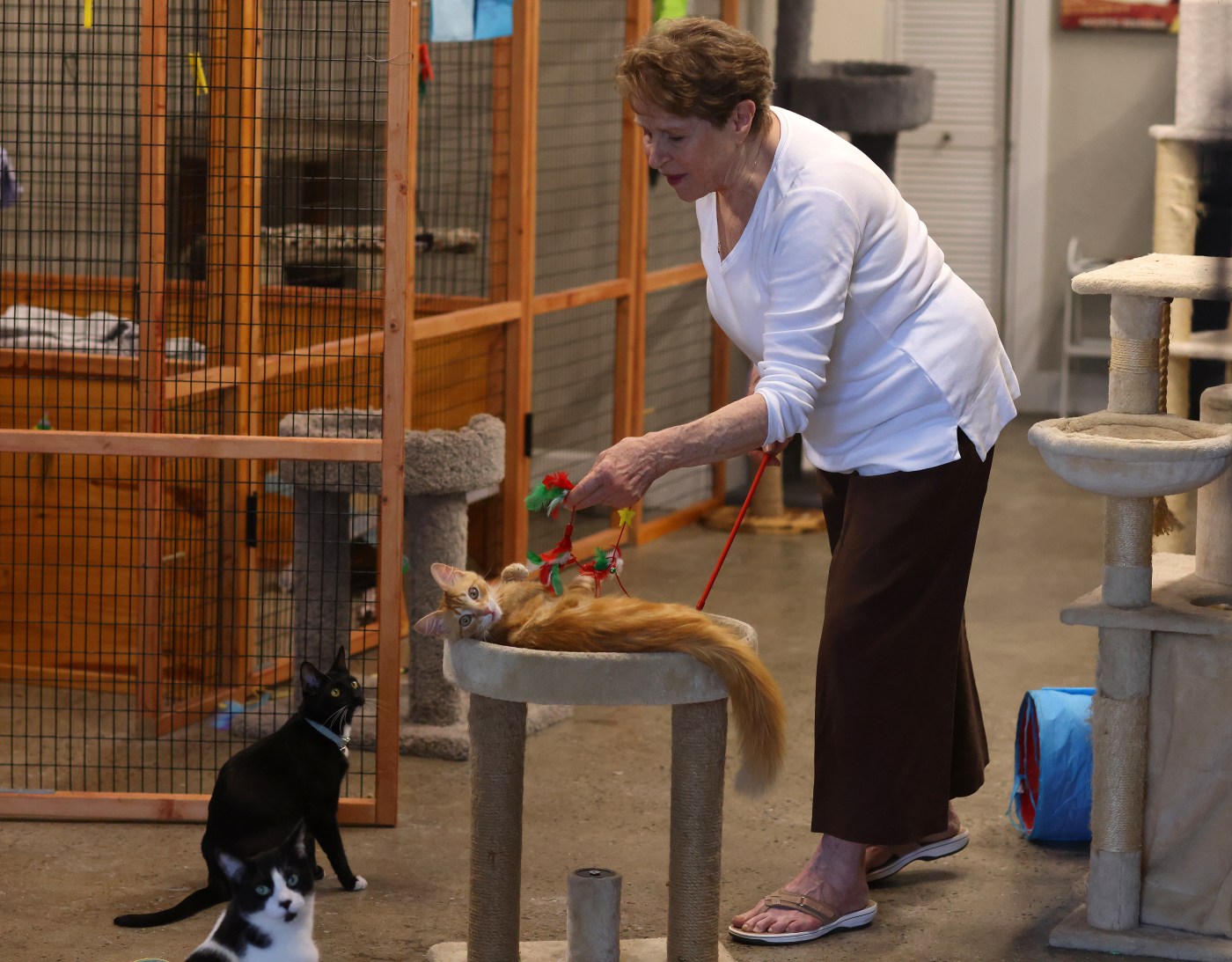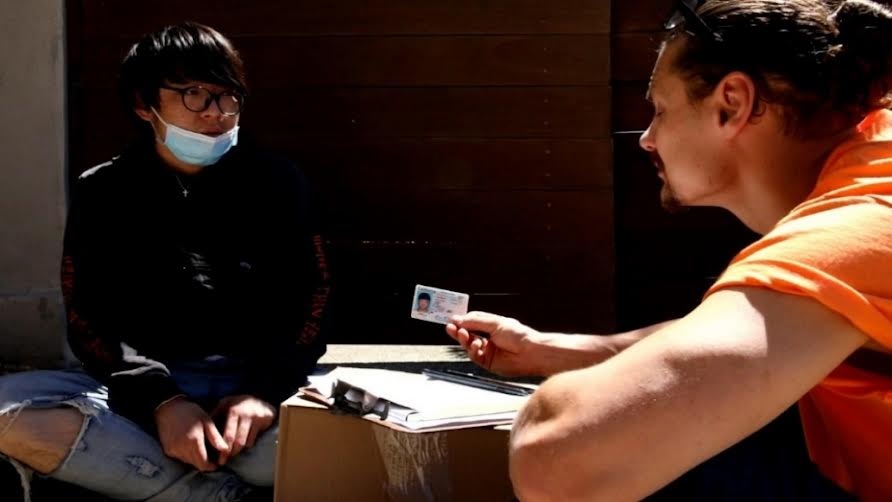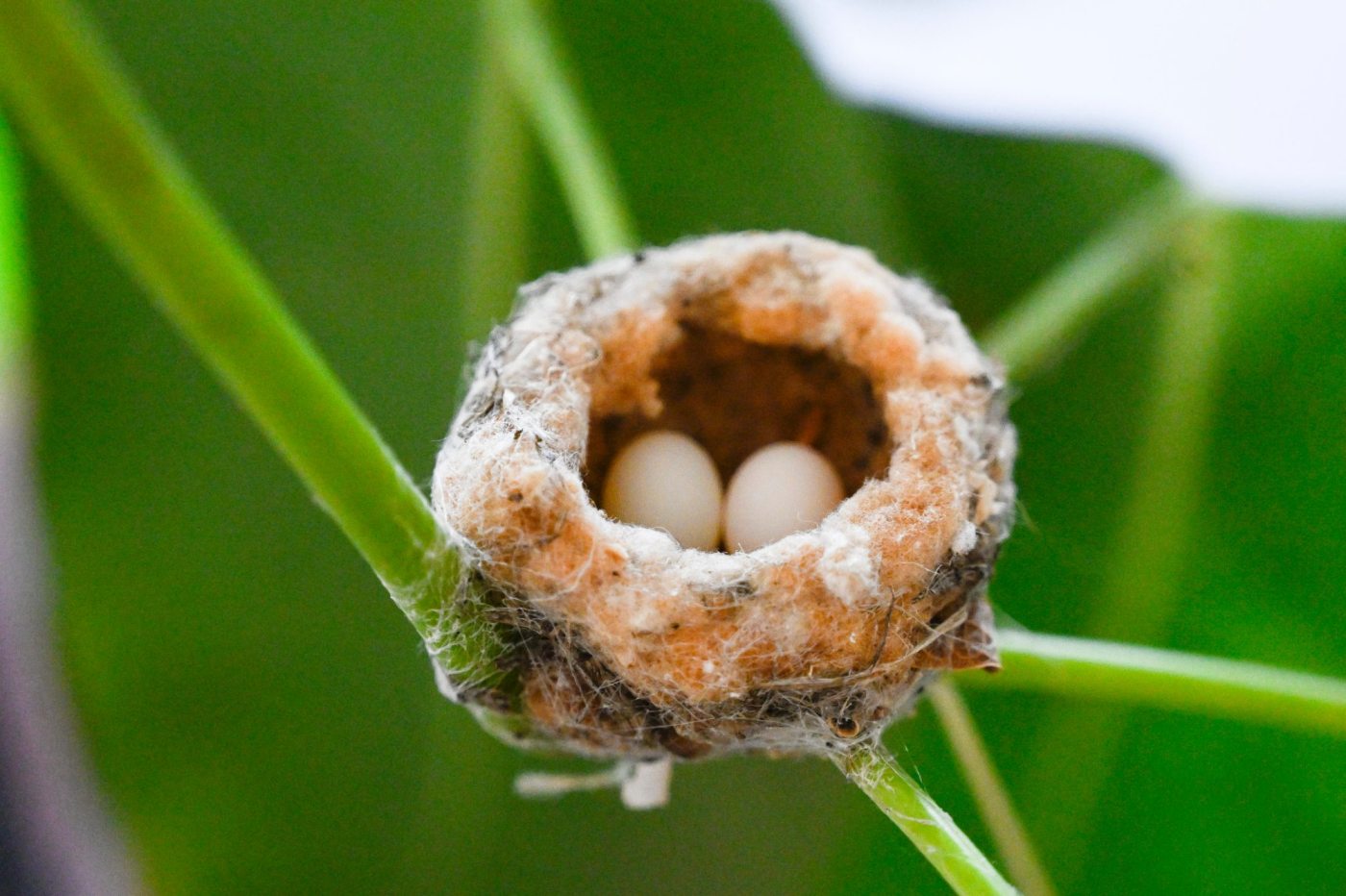Gemma Boyd grew up with cats in Long Beach but never imagined that cat welfare would become her life’s work. But in 1997, three lost little kittens inspired her to eventually lead Community Concern for Cats, a Walnut Creek-based nonprofit that rescues homeless felines, who are at risk of starvation, disease and reproducing exponentially.
While running a courier business in Pleasant Hill, Boyd heard about three kittens crossing a major thoroughfare and went searching. She found the kittens but became immersed in an ongoing crisis: the overpopulation of street cats in Contra Costa County and everywhere else. Some 2.9 million cats entered American shelters in 2024, and 273,000 were euthanized, according to Shelter Animals Count.
Boyd connected with “CC4C,” which consisted of a small network of cat lovers who searched for kittens and adult cats, trying to survive in people’s back yards, vacant lots or abandoned buildings. Then and now, they rescue sweet-natured cats and prepare them for adoption, while trapping the less social cats so that they can be sterilized before returning to the outdoors.
Gemma Boyd with Community Concern on Thursday, July 10, 2025 in Walnut Creek, Calif. (Aric Crabb/Bay Area News Group)
“Cats are wonderful creatures. I just wish they wouldn’t multiply so much,” Boyd says.
Related Articles
The call of a native frog is heard again in Southern California thanks to help from Mexico and AI
Luxury Bay Area dog and cat ‘hotel’ company agrees to changes over alleged violations of pet-care, rabies laws
Don’t let your pet pack on pounds
What might attract wandering bobcat to San Jose neighborhood?
Here’s what to know if you encounter a snake in the Bay Area
Boyd and a close-knit team of volunteers have since grown CC4C into a venerable, 38-year-old Bay Area animal rescue organization. It has an annual budget of around $850,000 and a profitable downtown Walnut Creek thrift store to help fund its operations. During the pandemic, CC4C opened a storefront to host adoptions – some 1,000 a year. It also runs a small hospital, with staff veterinarians who provide medical care and spaying and neutering to cats going through its program.
Like other Bay Area cat rescue nonprofits, CC4C volunteers also foster kittens and cats, including older and medically vulnerable animals until they find “forever homes.” But CC4C stands out in a few ways. For one thing, it has stuck to its emphasis on “trap-neuter-return” (TNR) because Boyd and her colleagues believe that spaying and neutering is a necessary and humane way to address cat overpopulation.
For another thing, it’s run by volunteers, not by executives earning six-figure salaries. It pays staff at the hospital and thrift store, while everyone else donates long hours to “cat work,” drawing on their skills in nonprofit management, accounting, retail, communications and feline care and behavior.
Q: Would you call yourself a crazy cat lady?
A: We are crazy in the sense that we do spend most of our energy on this, but not crazy in the way we deal with it. We are very dedicated to the cause. It’s seems like the Mafia or a sinkhole: Once you get in it, you can’t get out.
Q: What are misconceptions about cats?
A: That they don’t have any personality. I can understand, you walk into someone’s house and you don’t know cats yet, and you see one just lying there. But you don’t know the subtleties of their personality.
Q: Talk more about your cat rescue origin story
A: I was working in the Citibank building (near a redevelopment area in downtown Pleasant Hiill) and my coworker said, “I saw some kittens crossing Monument Boulevard.” I went looking for them.
Q: Why would you do that?
A: Because I wanted to find those kittens! On one (residential) street, somebody was out there. I said, “Somebody told me they saw three kittens coming in this direction.” He said, “Yeah, there’s always cats in my yard.”
So I ended up getting a trap from (CC4C). You would have thought it was like big game hunting, because my heart was just pounding with those traps and the three kittens going in. And (the man) said: “There’s a whole bunch more over there.” This was a redevelopment area and (the buildings) were all due to come down. We started trapping, and I told a more experienced volunteer that I heard there were 25 cats. She said, “If (someone) says there’s 25, there’s probably 50.” We found 48 and backyard homes for most of them. I kept the three. When that was over with, I stuck around to help.
Q: How did CC4C get started?
A: Women trapping cats in the area called (the late Contra Costa Times pet and wildlife columnist) Gary Bogue for advice. He called a meeting for all these trappers and they named it Community Concern for Cats.
Q: There are many rescue organizations around the Bay Area that do important work, especially in helping with adoptions. While you run a robust adoption program, you’ve also stuck with your TNR mission. Why is that important?
A cat at Community Concern for Cats adoption center on Thursday, July 10, 2025 in Walnut Creek, Calif. (Aric Crabb/Bay Area News Group)
A: Our work is the street cat, and we want to get as many as we can off the street and fixed, so there are no more babies. They go through our hospital, and some are going to backyard homes, where they can live (and are fed and monitored) because they’re not adoptable. You know, kitten season bumps that number way up. … We work really hard, and we still can only help about 3,000 cats a year …
Q: … But it’s better than 0!
A: We preach TNR. We don’t put any of the cats back into a bad place. The people that we help are concerned about the cats in their backyard, and they want them fixed. Many call because they now have kittens.
Here’s the thing: Sometimes people want to start their own rescue groups. What they don’t realize is you can’t operate without funds. And if nobody knows you, where are you going to get your funding? It took us a long time to get to this point: 38 years. And now we have a name for ourselves.
Q: You say you have about 20 core volunteers: How much do the volunteers work, trapping, taking care of fosters, running the store or doing paperwork?
A: We have a messaging group and our phones are dinging at midnight. We have a hotline, so people call us, they email us and they message us. It comes in all different ways, and people don’t ever lose your number.
Q: Talk about your hospital.
A: It’s open four days a week, and we have two vets and a retired vet who volunteers. They sometimes work on holidays or weekends. They’re really dedicated to it. We mostly do spays and neuters, but we also do deworming and vaccines and any kind of medical aid they need. When COVID lockdowns happened in March 2020, we only shut down for seven days and were able to stay open.
Another issue we’re seeing is that the cost of veterinary care has become prohibitive for many people, so that spays and neuters are out of reach for many people, leading to more kittens being born and more cats being abandoned.
Q: Doesn’t cat rescue sometimes involve helping humans?
A: There’s a woman who’s homeless now: A former executive assistant, nice clothes. But I’m taking care of her cat now because she’s living in her car. So when you end up helping the cats, you sometimes end up helping the people, too.
Five things about Gemma Boyd
Age: 77
Hometown: Walnut Creek
Title: Past president, current vice president, Community Concern for Cats
Family: Three children, five grandchildren.
— Boyd retired from hands-on trapping of feral cats because it became too emotionally grueling to return them to their colonies, even if they were in a safe place and would be fed. She still teaches others to trap cats and care for fosters.
— Her recent rescue: A kitten that was eating bark, probably because it couldn’t find anything else where it was living.
— Her home has become a cat sanctuary, mostly for older cats and ones with medical needs.
— Boyd’s husband was always supportive of her cat work, but mostly indifferent to the cats themselves. That is, until a little white kitten with pneumonia found her way onto his lap: “And pretty soon he was petting her.”
— Biggest fundraising coup: Before a wealthy local, cat lover died, he pledged a generous bequest. But it was tied up in probate for about 10 years and Boyd and her colleagues mostly forgot about it. Four years ago, CC4C’s treasurer called to tell Boyd to sit down. She said, “I have a check for $750,000.”





